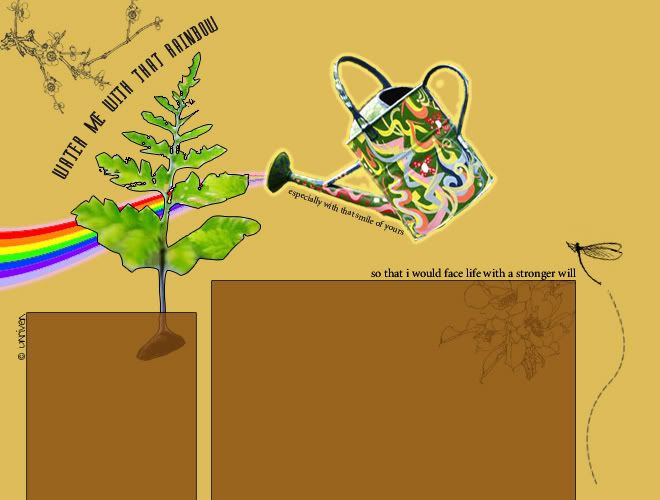Monday, September 6, 2010
Now we will end off with a short quiz.
Let's see how many questions you manage to get them correct!
1. The offspring from asexual reproduction in plants are likely to be
A be more resistant than their parent to disease
B develop into a new variety
C grow bigger than their parent
D have the same flower colour as their parent
2. Grafting is the method used to increase the numbers of a particular variety of plant. The figure below shows how a stem cutting from a variety of commercially important fruit tree, A, may be grafted in to roots of a variety of no particular value, B.

(a) State the type of reproduction shown by this process.
New trees will eventually bear fruit.
(b) Explain which if the two varieties will be responsible for the characteristics of the fruit produced.
(c) Suggest three ways of ensuring that the graft in the figure is successful.
3. With reference to a named plant, explain the commercial advantages of asexual reproduction.
---------------------------------------------------------------------------
Answers:
1) D
There is no genetic variety for offsprings from asexual reproduction. They should carry flowers of the same colour.
Without genetic variety, asexual reproduction produces clones. Therefore, whatever the parent plant is capable or incapable of handling, so too the offspring.
2)
(a) Artificial vegetative propagation.
(b) Variety A;
The shoot system of the new trees are produced from the buds of A. The flowers and fruits that will develop later will also be an offshoot of the same variety.
(c) 1. The soil must be watered and aerated.
2. The two cut ends must be held in position properly. This can be achieved by using waterproof tape.
3. It is very important that the exposed cambia of A and B be in direct contact with each other. This is to ensure that they fuse.
3) The potato is an underground stem classified as a tuber. The potato plant is grown commercially by vegetative propagation. The 'eye' on the potato grows to produce new shoots which will eventually grow as new plants. This method of propagation allows new plants to be grown in a relatively shorter period of time, as opposed to being grown from seeds. The new plants also mature faster. A harvest of potatoes grown this way will produce genetically identical plants, a good batch of similar potatoes.
Asexual reproduction includes vegetative propagation, fission, budding, fragmentation, sporulation, parthogenesis and cloning. Parthenogenesis is the development of female gamete to produce offspring in the absence of fertilisation. In honeybees, unfertilised female gametes develop into male (drone) while fertilised eggs develop into female bees (worker/queen).
----------------------------------------------------------------------------------
This marks the end of this learning website!
I hope this website helped you to know more about asexual reproduction in plants!
Thank you and goodbye!
planting,
4:18 AM
4:18 AM
